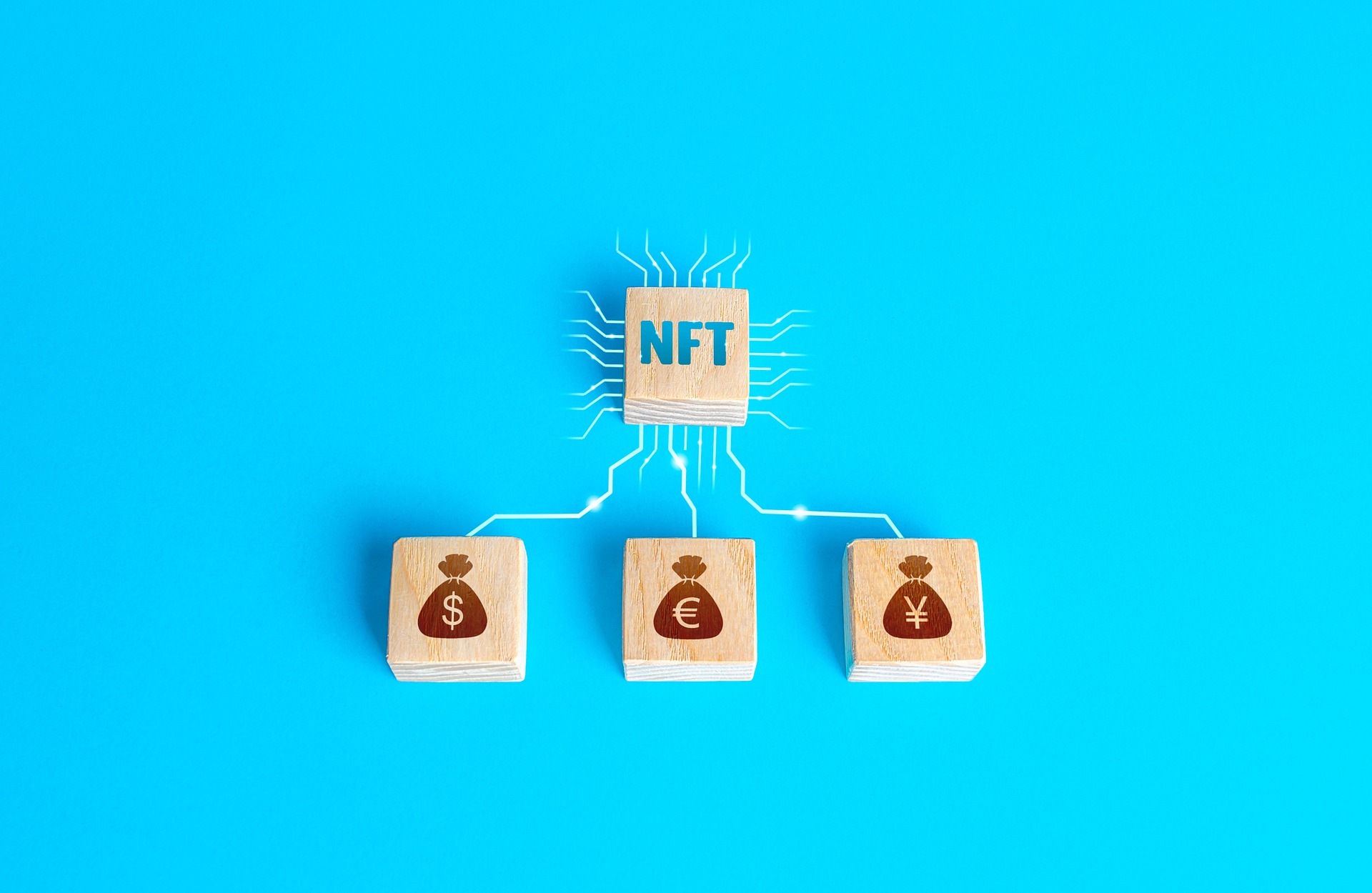An NFT, or non-fungible token, is a digital object that cannot be duplicated. NFTs allow the owners of digital or intangible assets that can be replicated to assert ownership and, by extension, to commodify and trade those assets. For example, anyone can browse photography of the latest Anish Kapoor, but only one city can make a grand public artwork a tourist calling card. For anyone who has ever experienced the frustration of having an idea copied, NFTs offer a possible solution.
As we know them today, NFTs exist in a world far removed from everyday reality—belonging to an intangible fantasy land pioneered by connoisseurs of computer games and digital art. But the value placed on these digital objects, and the tokens associated, is as real as a coin in your pocket.
Where does design come into the NFT picture? A fundamental value of design is its ingenuity in reimagining a better future. Designs can be abstracted or copied, but the ingenuity lies in the process. The labor in design—the thinking, testing, and problem solving—is what clients are ultimately buying. The building or interior is the product of that process.
6 ways non-fungible tokens (NFTs) could transform the design industry
“Tokenizing” design labor would give clients the opportunity to bid for the time of a designer or firm. By placing a higher value on time, this Token Future would create six compelling outcomes:
1. Complimentary Investment.
When a client invests in design, they invest in the benefits expected from the finished building. Tokenizing design labor would mean that a complimentary investment in the designer’s time is also made. To explain, a labor token could appreciate in value and be traded for profit. A token will appreciate as market demand grows, which is itself fueled by public awareness of quality design. When a token appreciates, both designer and client/investor are rewarded with capital gain.
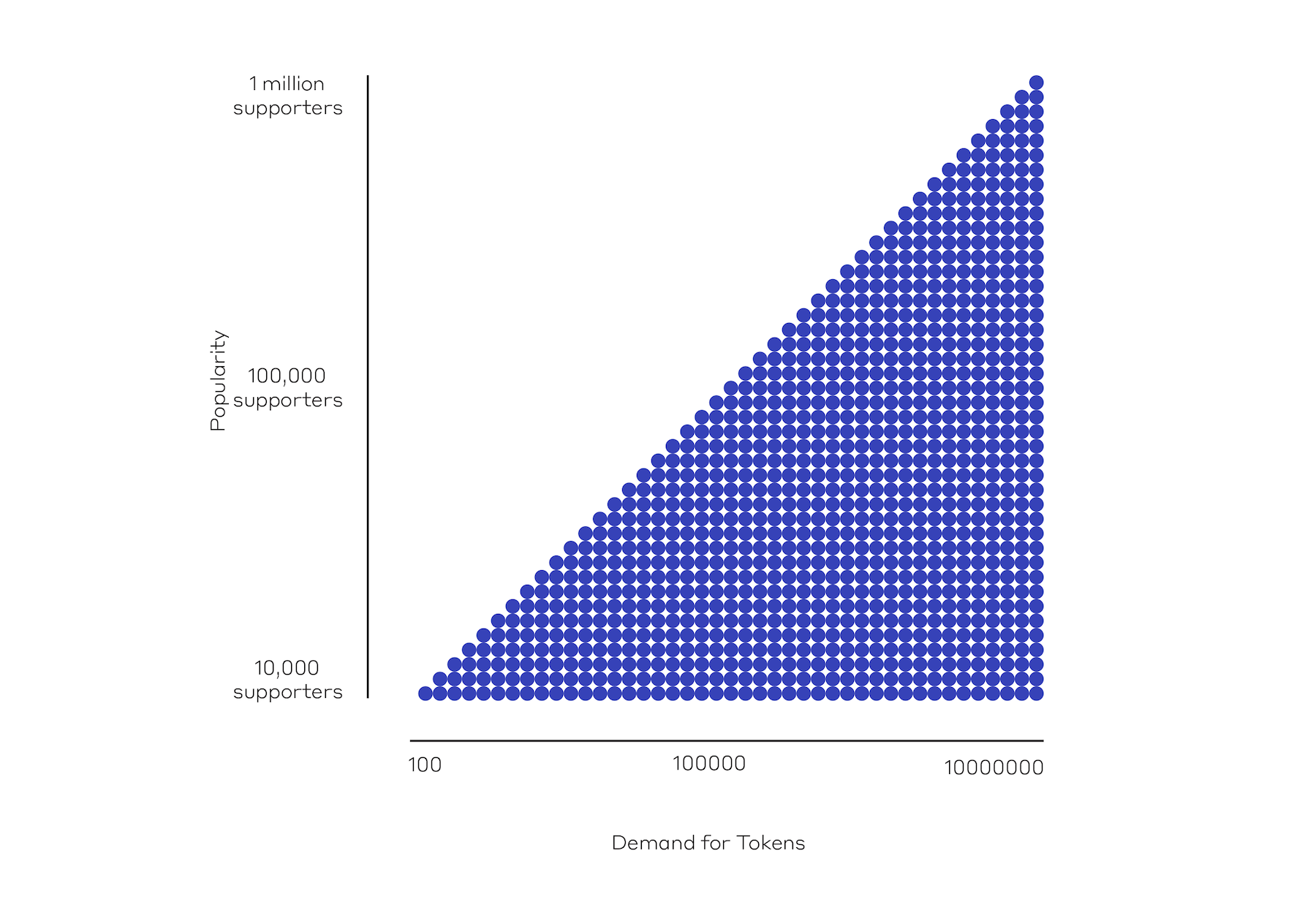
2. Mutually Beneficial Collaboration.
When a client purchases tokens from a designer, they become invested in the ongoing success of that token. The designer becomes a potential source of capital gain, like any other investment—something to be protected and nourished. For a designer, this means a client is more likely to support the process and capacity to perform.
3. Protection of Quality Design Time.
A Token Future should prevent design time from becoming overstretched. It would eliminate the fixed-fee contract, which sees designers at risk of shouldering disproportionate work without compensation—resulting in all-nighters, working weekends and, ultimately, a compromised design. Avoiding these pitfalls is in the best interests of all parties.
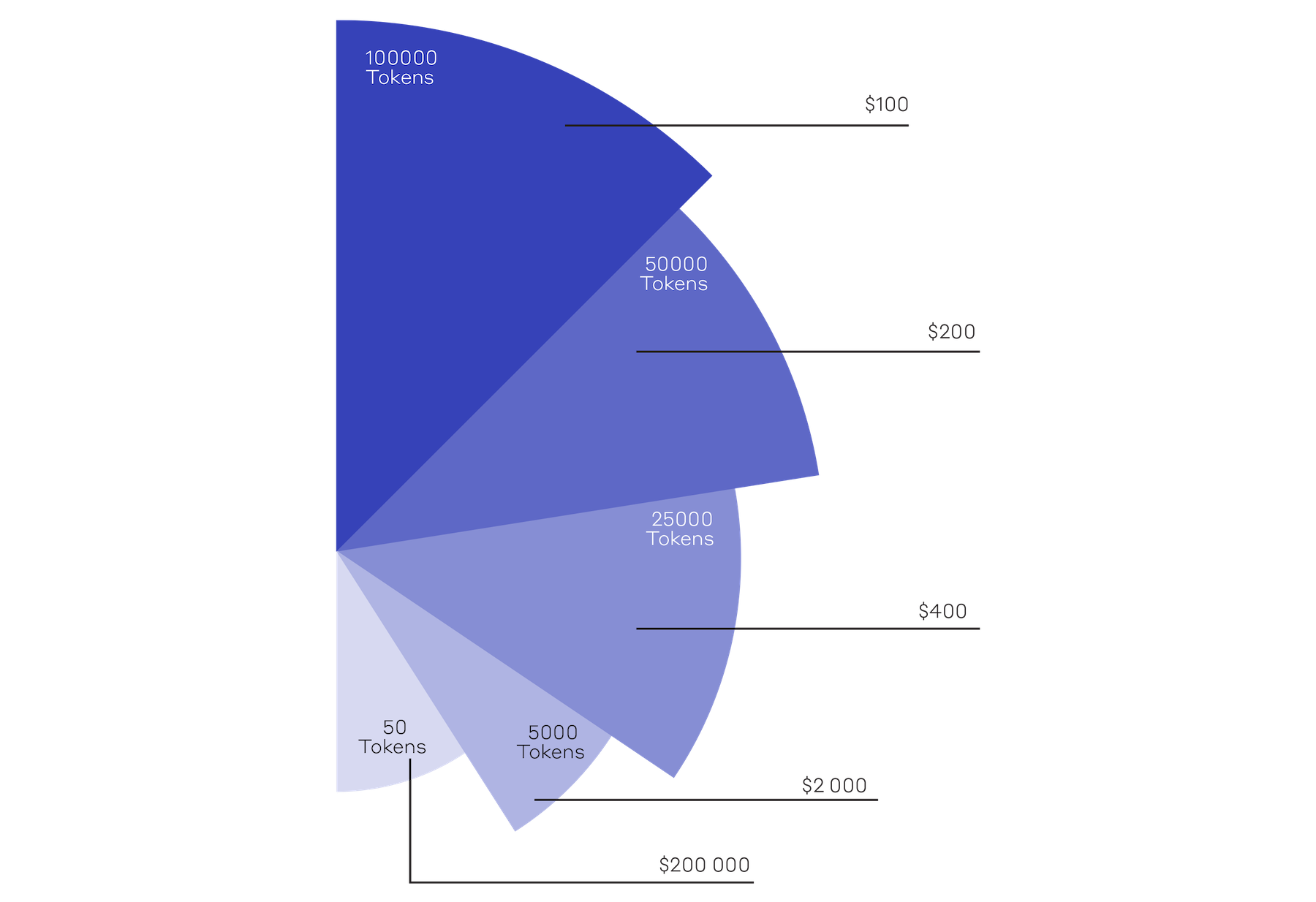
4. Less Money Wasted.
In a case where a client might need to cancel a project, good work and pursuant appreciation of the Token value may result in a financial return on their design investment rather than a write-off.
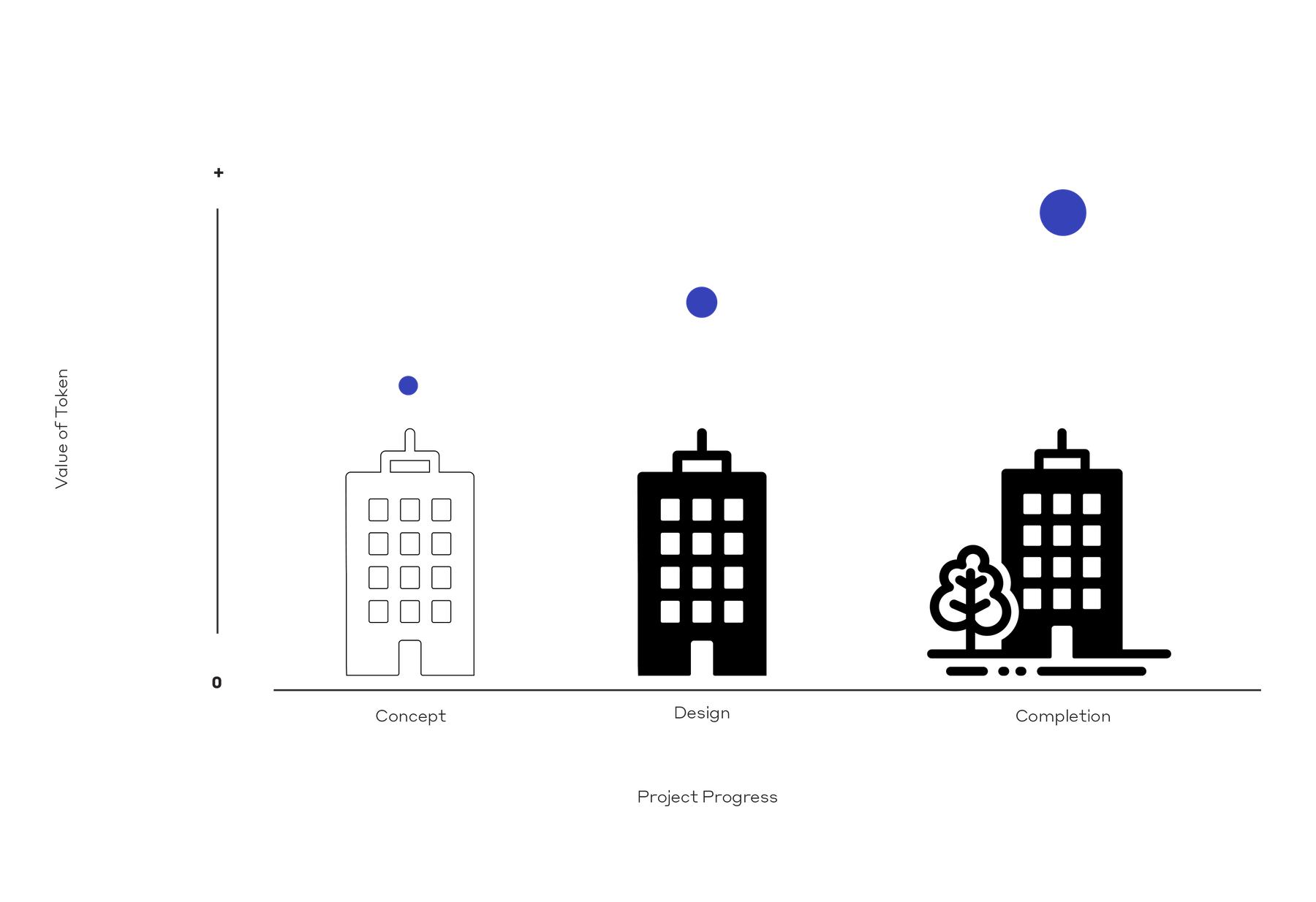
5. A Clearer and More Flexible Market.
The procurement of designers can be opaque and uncertain. Unfamiliar designers with hard-to-understand fee structures may be deemed a risk by clients. A project may need to be put on hold or cancelled. In both scenarios, a regulated and transparent token-based market would afford clients the opportunity to divest as they see fit, with the value of their original investment having appreciated.
6. An Equitable Market for Designers.
In such a system, a designer negotiates the supply of labor in a collaborative manner, only offering services in accordance with their resources. Managed professionally and systematically, design labor could be calibrated not only to a client’s requirements and the designer’s expertise, but also to the mutual financial and cultural benefit of each party—improving life for both parties.
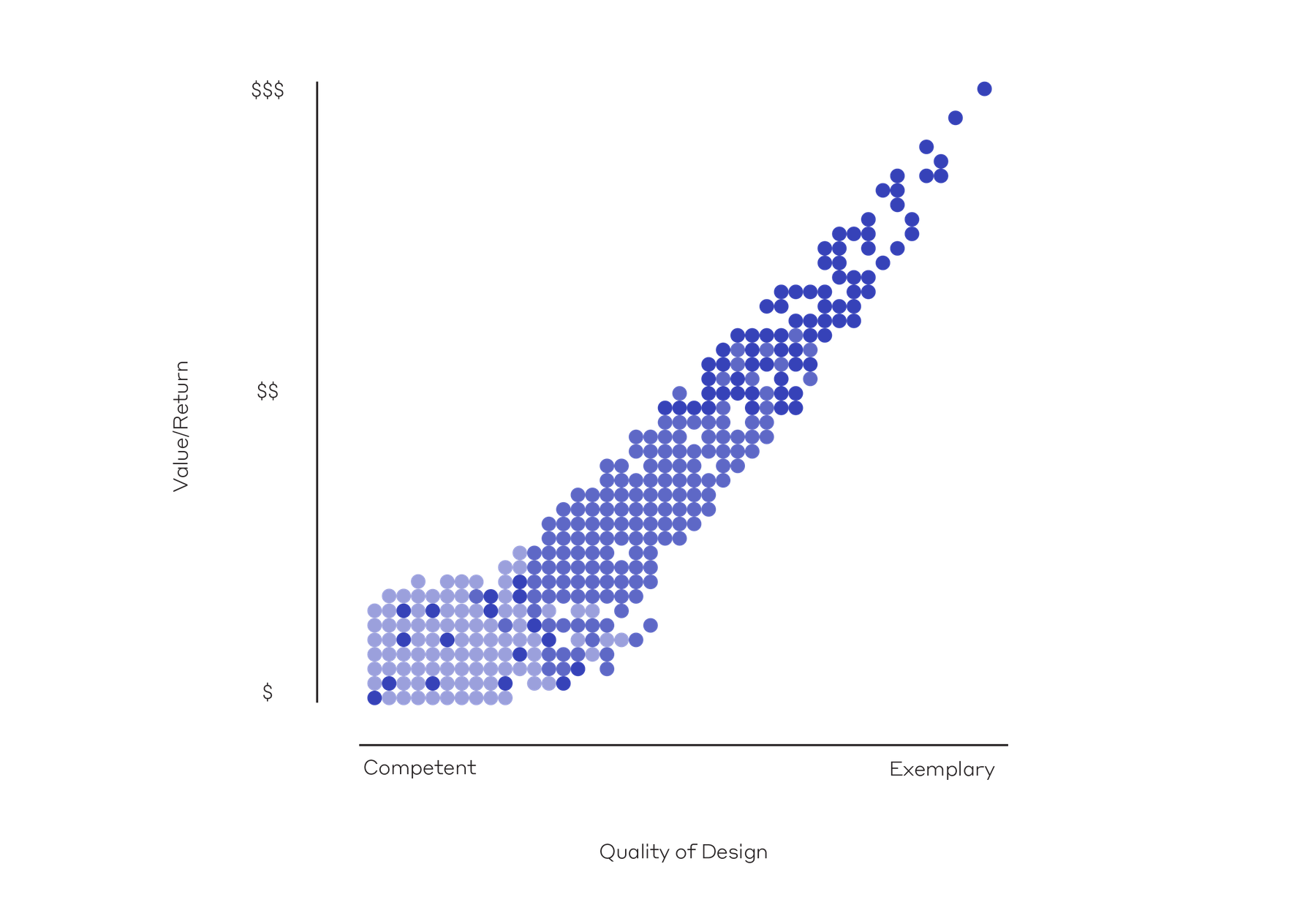
The benefits of a Token Future currently contend with numerous uncertainties and challenges—much like any innovation. Though this concept remains a glimmer on the horizon, NFTs in the design industry promise better welfare, growth, and profit.
As the design industry continues to chart a course toward automated production and an acceleration of the service economy, the rewards of exploring a Token Future for design labor outweigh the risks.
About the author
Jet Geaghan is an Architect based in Woods Bagot’s Sydney studio. For Jet, every building should be conceived with purpose, expertise and wit. Clarity of communication is fundamental to his work, whether it be in a design gesture, construction detail, or cultural testimony. Having completed numerous additions and alterations projects, Jet relishes the complexity and challenges of adapting existing buildings to address evolving demands and unforeseen potential. His experience lends him a broad understanding of the myriad parameters involved in bringing buildings of differing scales to life, which have included the 275 Kent Street redevelopment and the refurbishment of InterContinental Hotel Sydney. Jet has extensive experience with planning approvals, design, documentation, construction delivery, digital modeling, as well as a passion for the written word.
Related Stories
Modular Building | Mar 3, 2023
Pallet Shelter is fighting homelessness, one person and modular pod at a time
Everett, Wash.-based Pallet Inc. helped the City of Burlington, Vt., turn a municipal parking lot into an emergency shelter community, complete with 30 modular “sleeping cabins” for the homeless.
AEC Tech | Jan 27, 2023
Epic Games' latest foray into the AEC market and real estate industry
From architecture to real estate, the realm of computer-aided design hits new heights as more and more firms utilize the power of Epic Games’ Twinmotion and Unreal Engine.
AEC Tech | Jan 27, 2023
Key takeaways from Autodesk University 2022
Autodesk laid out its long-term vision to drive digital collaboration through cloud-based solutions and emphasized the importance of connecting people, processes and data.
AEC Tech Innovation | Jan 24, 2023
ConTech investment weathered last year’s shaky economy
Investment in construction technology (ConTech) hit $5.38 billion last year (less than a 1% falloff compared to 2021) from 228 deals, according to CEMEX Ventures’ estimates. The firm announced its top 50 construction technology startups of 2023.
AEC Tech | Jan 19, 2023
Data-informed design, with Josh Fritz of LEO A DALY
Joshua Fritz, Leo A Daly's first Data Scientist, discusses how information analysis can improve building project outcomes.
AEC Tech Innovation | Jan 14, 2023
CES recognizes a Dutch firm’s wearable technology for construction management
The firm’s TokenMe product offers construction managers a real-time crowd- and asset-tracking solution via low-power, location-aware radio and RFID tags and multiple sensors through which data are processed with cloud-based artificial intelligence.
Digital Twin | Nov 21, 2022
An inside look at the airport industry's plan to develop a digital twin guidebook
Zoë Fisher, AIA explores how design strategies are changing the way we deliver and design projects in the post-pandemic world.
Giants 400 | Nov 14, 2022
4 emerging trends from BD+C's 2022 Giants 400 Report
Regenerative design, cognitive health, and jobsite robotics highlight the top trends from the 519 design and construction firms that participated in BD+C's 2022 Giants 400 Report.
Contractors | Nov 14, 2022
U.S. construction firms lean on technology to manage growth and weather the pandemic
In 2021, Gilbane Building Company and Nextera Robotics partnered in a joint venture to develop an artificial intelligence platform utilizing a fleet of autonomous mobile robots. The platform, dubbed Didge, is designed to automate construction management, maximize reliability and safety, and minimize operational costs. This was just one of myriad examples over the past 18 months of contractor giants turning to construction technology (ConTech) to gather jobsite data, manage workers and equipment, and smooth the construction process.
BAS and Security | Oct 19, 2022
The biggest cybersecurity threats in commercial real estate, and how to mitigate them
Coleman Wolf, Senior Security Systems Consultant with global engineering firm ESD, outlines the top-three cybersecurity threats to commercial and institutional building owners and property managers, and offers advice on how to deter and defend against hackers.


